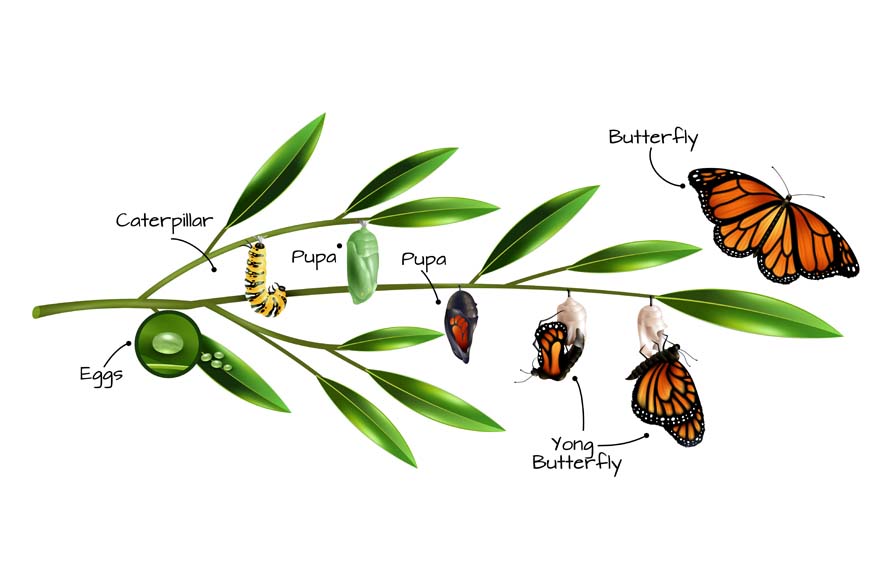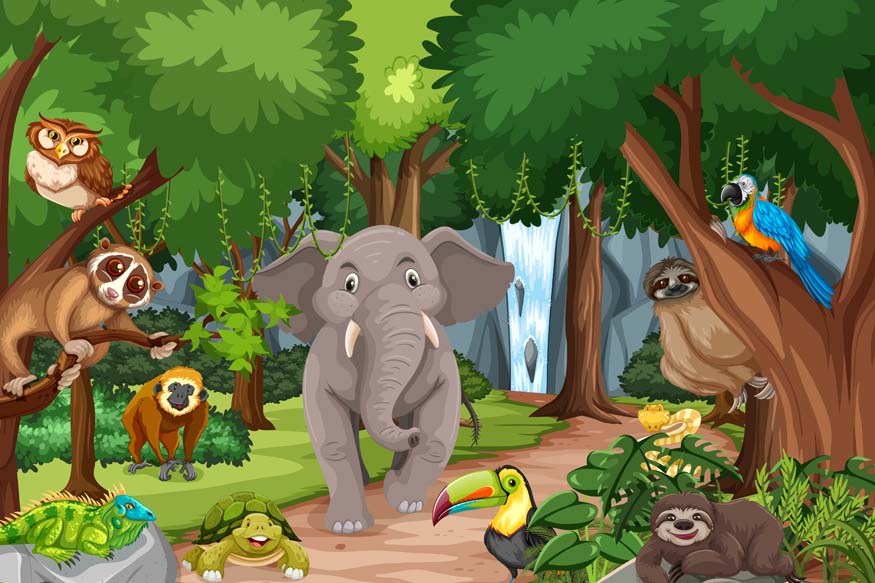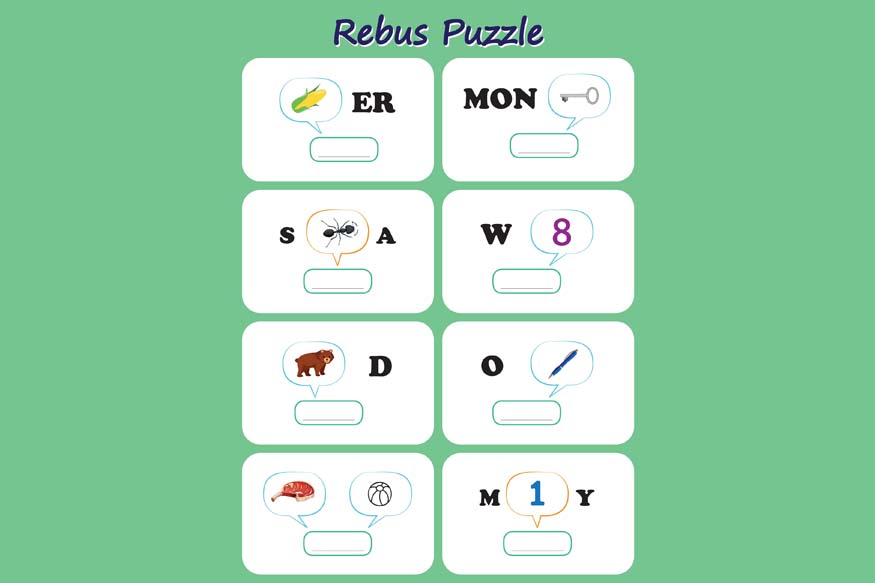Trees are essential to our environment, and their significance cannot be overstated. They give us oxygen, enhance air quality, and help combat climate change. Trees provide shade, and food and are also a resource for learning and development. Research indicates that being in nature can significantly benefit children’s physical, mental, and emotional health.
Trees, in particular, can help reduce stress and anxiety. They also encourage physical activities like climbing and exploring, which aid in developing motor skills and coordination. Trees provide a rich sensory experience, allowing children to touch, smell, and see the various textures and colours of leaves, bark, and flowers.
Environmental benefits of trees
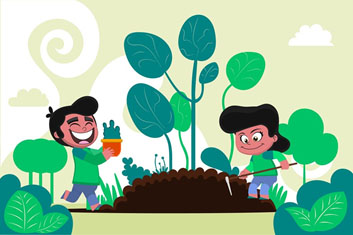
Trees are often called the earth’s lungs because they take in carbon dioxide and give off oxygen which is vital for all life. Here are some more important environmental benefits of trees include:
- Air purification
- Water conservation
- Soil protection
Trees play a crucial role in keeping the air clean. They absorb harmful pollutants and produce oxygen through photosynthesis. Trees can remove various pollutants like nitrogen oxides, sulfur dioxide, and ozone, which can lead to breathing problems and other health concerns. The leaves of trees filter out dust and particles, helping to make the air we breathe cleaner and healthier.
Trees are important for saving water by stopping soil erosion and reducing water runoff. Their roots keep the soil stable, which helps prevent it from being washed away in heavy rain. Trees also help to refill groundwater by taking in water through their roots and releasing it into the air through transpiration.
Trees are important for maintaining healthy soil, as they help to increase soil fertility and prevent soil erosion. The leaves and branches act as natural mulch, keeping the soil moist. Roots hold the soil together, preventing it from being washed away. Trees help reduce soil compaction, making it easier for plants to grow well.
The importance of planting trees for kids
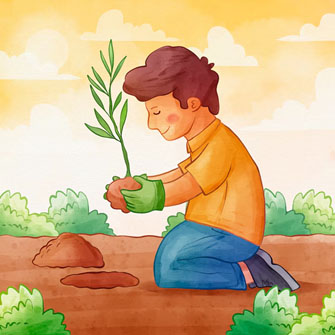
Planting trees is one of the most effective ways to contribute to environmental conservation. By involving children in tree-planting activities, we can teach them the importance of planting trees for kids and foster a sense of responsibility towards nature. Here are some reasons why planting trees is important:
- Environmental responsibility
- Hands-on experience
- Community involvement
- Future benefits
- Connection to nature
Getting kids involved in tree planting helps them feel responsible for the environment. It shows them that their actions can positively affect nature and encourages them to be accountable.
Planting trees offers a practical learning opportunity that boosts children’s knowledge of biology, ecology, and environmental science. They can observe how trees grow and what affects their well-being.
Planting trees can unite people in a shared effort. When children join tree-planting events, they build a sense of community and learn the importance of teamwork for a common goal.
Trees planted today will benefit generations to come. Teaching kids about the long-term impact of tree planting can help them understand the importance of thinking ahead and planning for the future.
Planting a tree helps children form a bond with nature. Watching a tree grow over time can bring them pride and a sense of achievement, highlighting the importance of protecting the environment.
Strategies to teach children about the importance of trees
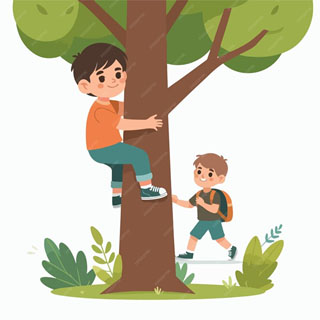
- Educational activities
- Storytelling
- Nature walks
- Tree planting events
- Art projects
Plan activities that help kids learn about how photosynthesis works, and the importance of trees in our ecosystem. Use fun experiments, like watching leaves change colour or tracking a sapling’s growth, to make learning engaging and hands-on.
Share stories and books that emphasise the value of trees and nature. Stories can effectively explain complex ideas in a way that children can easily understand and enjoy.
Take kids on walks in local parks, forests, and gardens. Show them different tree species and talk about their features, habitats, and advantages. Nature walks help children connect with the outdoors and see trees in their natural environment.
Get involved in community tree-planting activities. Let children help choose, plant, and care for trees. Teach them how to plant and look after trees to promote their growth and health.
Include art activities that focus on trees and nature. Encourage kids to draw, paint, or make crafts that represent trees and their significance. Art projects can enhance learning and allow children to showcase their creativity.
Understanding the value of trees and the importance of planting trees for kids is crucial for fostering a generation that values and protects the natural world. Trees are essential for keeping nature balanced, helping wildlife, and offering many advantages to people. By educating children on these benefits and engaging them in tree planting, we can build a sense of responsibility for the environment early on.
At Centre Point School, we focus on teaching kids about nature and the environment. Our programs include activities that explain the importance of trees, their benefits, and how to plant and care for them. By encouraging a love for nature and an understanding of conservation, we strive to develop a generation of eco-friendly individuals who will work to protect our planet for years to come.



